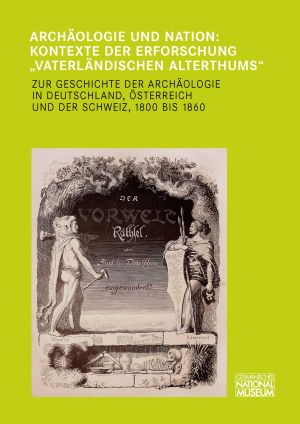How to Cite
License (Chapter)

This work is licensed under a Creative Commons Attribution-NonCommercial-NoDerivatives 4.0 International License.
Published
Der Fund der Negauer Helme aus der Perspektive „Central – Provincial“
Die Vorgeschichte zum k. k. Hofkanzleidekret vom 5. März 1812 zur Einlieferung aller Altertümer anhand der zeitgenössischen Schriftquellen
The Find of the Negau Helmets Seen from a ‘Central vs. Provincial’ Perspective: The Events Leading up to the Decree for the Surrender of All Antiquities, Issued by the Imperial and Royal Court Chancellery on 5 May 1812, Based on Contemporary Written Sources
The discovery in November 1811 of a hoard of bronze helmets from the Hallstatt period near ˇZenjak Slovenia) coincided with a period of transition in the state legislation governing the protection of archaeological finds in the Habsburg monarchy. By 4 March 1812, the so-called ‘Negau helmets’ had already been acquired by the Landesmuseum Joanneum in Graz, but just one month later they had to be surrendered to the Coin Cabinet and Collection of Antiquities in Vienna. As the article shows, the Negau helmets did not fall under the category of ‘treasure’ as defined at the time by Article 398 of the General Civil Code. It was this find, of a type not hitherto envisaged, that provided the impetus for the Court Chancellery Decree of 5 March 1812. Earlier decrees had applied exclusively to coins; now this was extended to include antiquities of all types, both Urin the reporting requirements and in the pre-emption rights granted to the Coin Cabinet and Collection of Antiquities in Vienna. The helmets themselves were surrendered as the result of a letter from the president of the Court Chancellery dated 13 February 1812: in other words, they were expropriated by Imperial resolution. This course of events reveals the dominant position of the Imperial collection in Vienna vis-à-vis the archaeological ambitions of provincial institutions.







